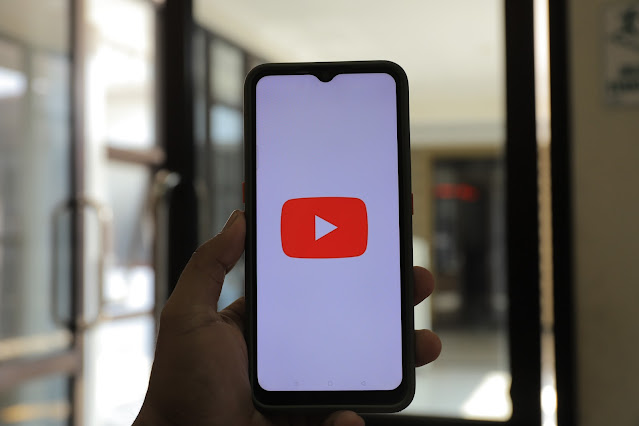In the ever-evolving landscape of social media, short-form videos have become a dominant force in capturing the attention of users worldwide. Two major players in this space are TikTok and YouTube Shorts. Both platforms offer a unique approach to creating and consuming bite-sized content, but they have distinctive features that set them apart. In this article, we'll delve into the key differences and similarities between TikTok and YouTube Shorts.
1. Content Creation and Editing:
TikTok:
TikTok is renowned for its user-friendly interface and a plethora of creative tools that empower users to produce engaging content effortlessly. With features like duets, stitches, and a wide range of filters and effects, TikTok fosters a vibrant community of content creators.
YouTube Shorts:
YouTube Shorts, on the other hand, integrates seamlessly with the existing YouTube platform. While it may not have as many editing features as TikTok, Shorts provides a straightforward and accessible way for creators to shoot, edit, and share brief videos directly from their mobile devices.
2. Duration and Format:
TikTok:
TikTok videos have a maximum duration of 60 seconds, encouraging creators to convey their message or concisely showcase their talents. This short format aligns with the platform's emphasis on quick and entertaining content.
YouTube Shorts:
YouTube Shorts also focuses on brevity, limiting videos to 60 seconds or less. This aligns with the trend of users seeking quick, consumable content, and allows creators to capture their audience's attention within a short timeframe.
3. Discovery and Algorithm:
TikTok:
TikTok's algorithm is renowned for its effectiveness in content discovery. The platform employs a For You Page (FYP) that curates a personalized feed based on user preferences and engagement. This algorithm-driven approach has contributed significantly to TikTok's rapid rise to popularity.
YouTube Shorts:
YouTube Shorts benefits from the robust recommendation algorithm of its parent platform, YouTube. Leveraging the vast amount of user data, YouTube Shorts aims to surface relevant content for users, providing a familiar but distinct browsing experience.
4. Monetization Opportunities:
TikTok:
TikTok has introduced a Creator Fund, allowing eligible content creators to earn money based on their video engagement. Additionally, TikTok offers live gifts and brand partnerships as avenues for monetization, providing opportunities for creators to turn their passion into a source of income.
YouTube Shorts:
YouTube Shorts creators can participate in the YouTube Partner Program, enabling them to monetize their content through ads. This integration with the established YouTube monetization model provides Shorts creators with the potential for sustainable earnings.
Conclusion
In the clash between TikTok and YouTube Shorts, both platforms bring unique strengths to the table. TikTok stands out with its diverse set of creative tools and a dynamic algorithm, while YouTube Shorts benefits from its integration with the established YouTube ecosystem and robust monetization options. Ultimately, the choice between TikTok and YouTube Shorts may depend on individual preferences, with content creators and viewers finding their preferred platform based on features, community dynamics, and monetization opportunities. As these platforms continue to evolve, the competition between TikTok and YouTube Shorts is likely to shape the future landscape of short-form video content.

